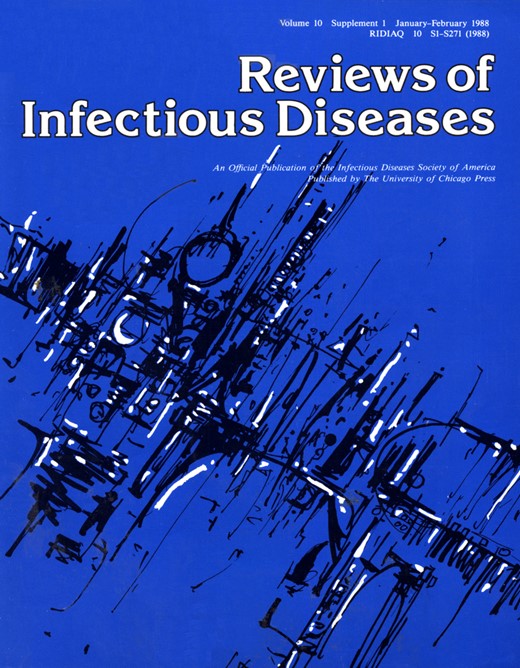-
Views
-
Cite
Cite
G. C. Crumplin, Aspects of Chemistry in the Development of 4-Quinolone Anti- S2 bacterial Agents, Reviews of Infectious Diseases, Volume 10, Issue Supplement_1, January-February 1988, Pages S2–S9, https://doi.org/10.1093/clinids/10.Supplement_1.S2
Close - Share Icon Share
Abstract
The evolutionary route followed in the development ofthe newgenerations of4-quinolone antibacterial agents, from the precursor of nalidixic acid to ciprofloxacin and ofloxacin (and beyond), is characterized by a paramount role for serendipity. All of the hightechnology features such as fluorination, the presence of a piperazine ring at position 7, and the stereoisomerism of the molecule, represent only the combination of characteristics incorporated in earlier generations of nalidixic acid analogues. Although almost unprecedented levels of potency per mole have been attained along with effective broad-spectrum antibacterial activity and acceptable pharmacokinetic properties, all developments have been made and are being made in the absence of a proper knowledge of how these agents work against susceptible bacteria. The absence of this knowledge, along with our almost total ignorance of how the antibacterial activity relates to possible effects in Homo sapiens, is at present a barrier to the rational development of truly optimized 4-quinolones.







Comments